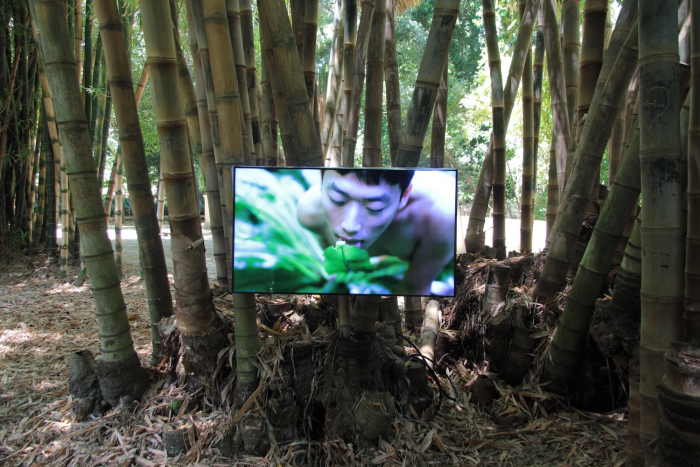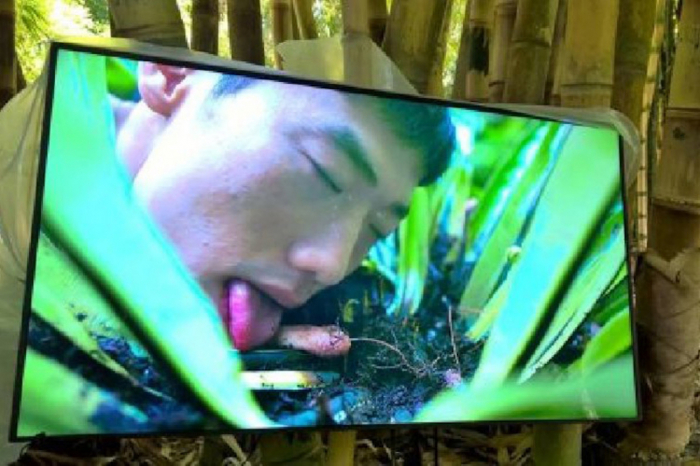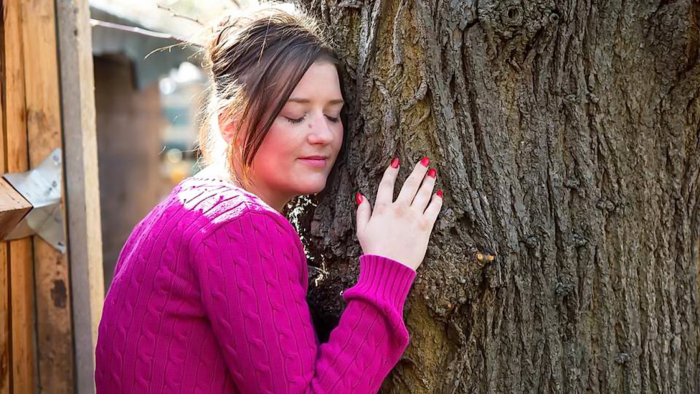When I was still attending the film school, I wrote a brief script for a short film about a man who bought a flower, a big orchid. He went home, put the orchid on his bed, caressed it, kissed it and, finally, made love with it.
The subject appeared quite comical but my intention was to make a sort of test or, even better, an exercise in style: would I be able to shoot such an absurd sex scene without making it ridiculous? Would I be able to make it even romantic? Was it possible to produce the well-known “suspension of disbelief” in the audience in such an extreme situation?
At that time, I didn’t know that I wasn’t being particularly original.
There is, in fact, a real rare paraphilia, or better a form of fetishism, consisting in deriving sexual arousal from trees and plants. The term defining it is ‘dendrophilia’ and may have been coined by Lawrence Buell when referring to the famous writer Henry David Thoreau’s love of trees – a totally innocent feeling in that case.
Like other paraphilias, dendrophilia is one of those topics that can be the delight of tabloids: when the editorial staff runs out of news, they can simply send a photographer in the courtyard, to take some shots of a lady kissing a tree, and the article is done: “I want to marry a poplar!”.
But does dendrophilia really exist?
A seminal 2007 study of the Bologna University estimated that only 5% of all fetishisms refers to inanimate objects that have no relationship with the human body. Within such a low rate, it is no wonder that the more exclusive niche of people with a thing for plants can be almost invisible; this is compounded by the shame of talking about it and by the fact that this sexual preference does not cause any problem; so, you will understand why there is no record of case studies dedicated to dendrophilia in medical literature.
Assuming this sort of paraphilia exists, we can reasonably infer from what we know about the other forms of fetishism, that its manifestations could be much less weird than we expect. Most of the appeal of the fetish relies on the smell, the texture, and the appearance of the object, which becomes important on an evocative level in order to stimulate arousal. In this respect, it is likely that the potential dendrophile simply finds the texture of a bark, the smoothness or the colour of the leaves, the shape of a root extremely pleasant; contact, sometimes associated with a sexually relevant distant memory, becomes effective in stimulating arousal.
Not really different from those people who derive arousal from velvet: we tend to define fetishism on a pathological level only when it becomes a sine qua non in order to get sexual gratification and, actually, many practitioners working in the field tend to make distinctions between optional, preferred and exclusive paraphilias. Only the last ones are considered sexual disorders; this distinction, which can be found in the DSM-5 as well (the most used diagnostic manual in psychiatry), is in fact the distinction between real fetishism and fetishistic behaviour.
Last June, a little scandal broke in Palermo: among the plants of the amazing Botanical Gardens popped up a video installation by the Chinese artist Zheng Bo named Pteridophilia (literally, “love of ferns”). The video shows seven young boys having sex with plants in a Taiwan forest.
Having considered the ruckus raised by this artistic video, maybe it’s a good thing that I never realized my short film. Which, with a little plot twist, ended up playing with the subtle distinction between pathological fetishism and a simple fetishistic act “by proxy”: after making love with the orchid, the main character went to gently put it on the grave of the only woman he had ever loved.




